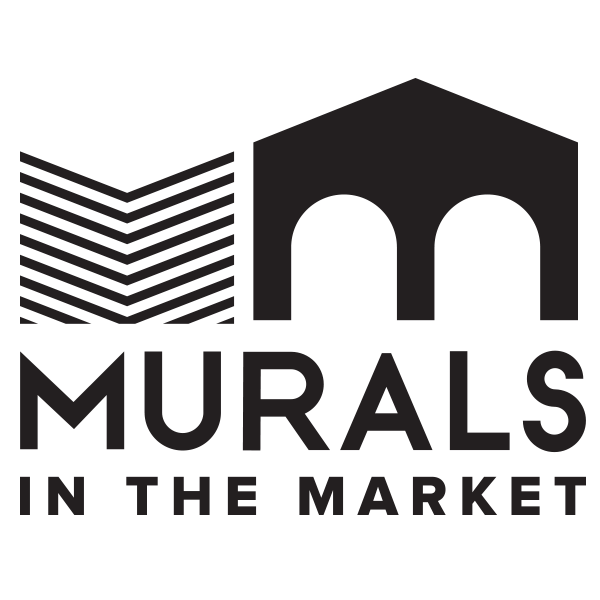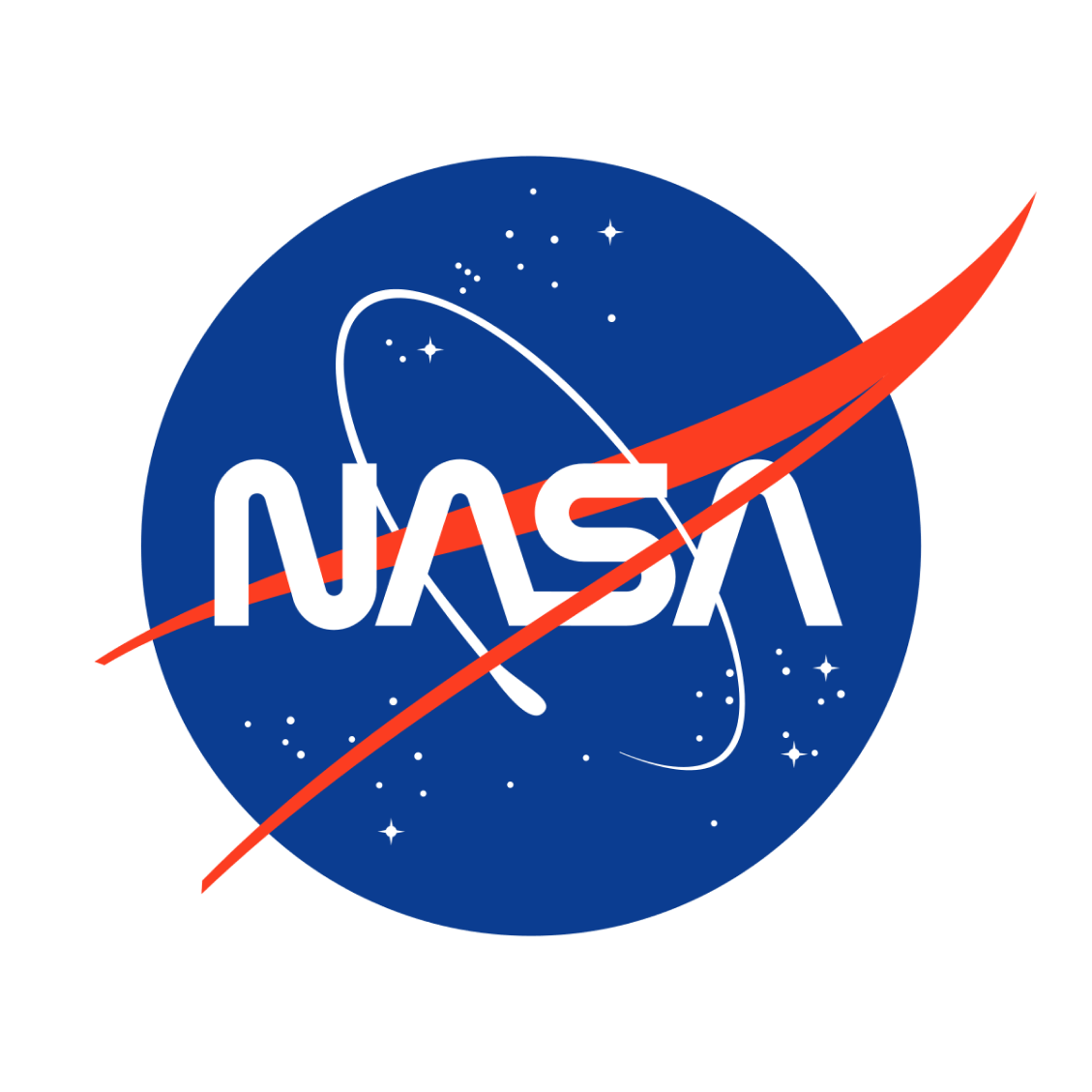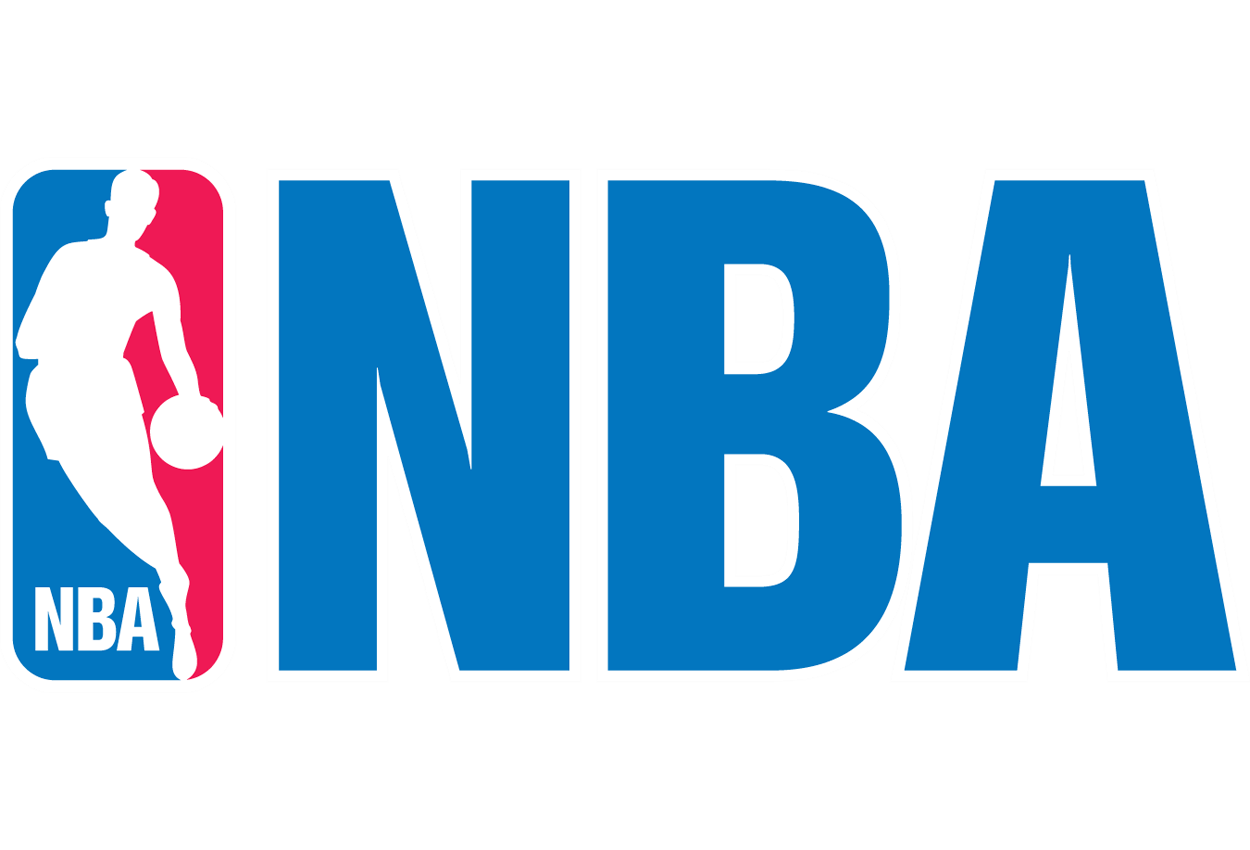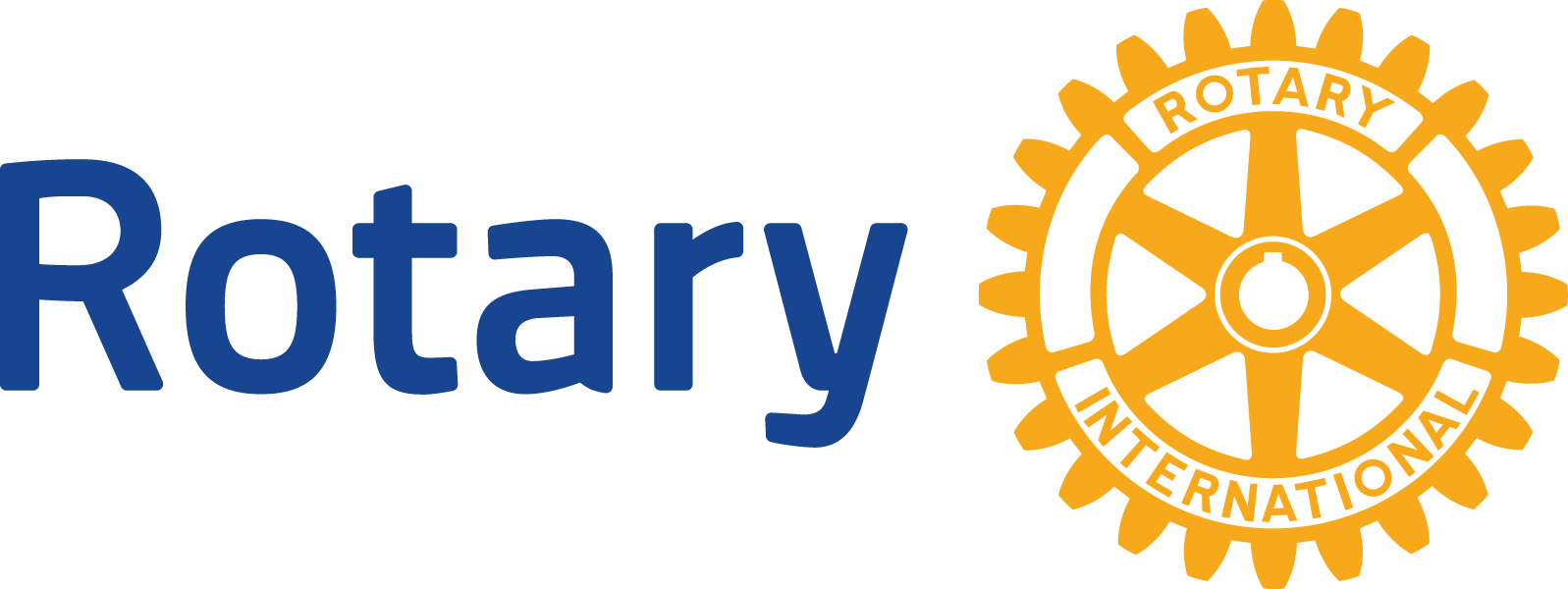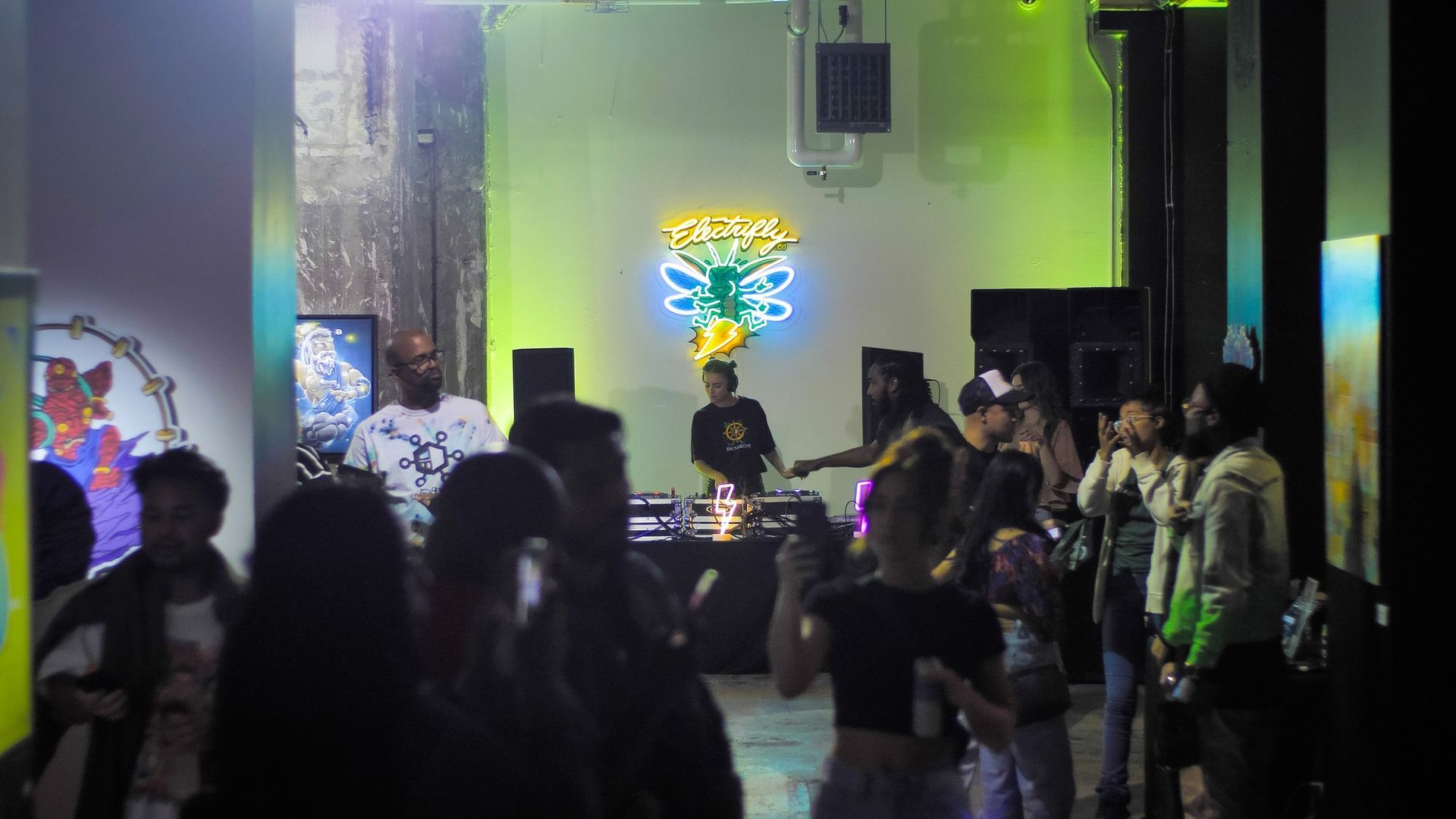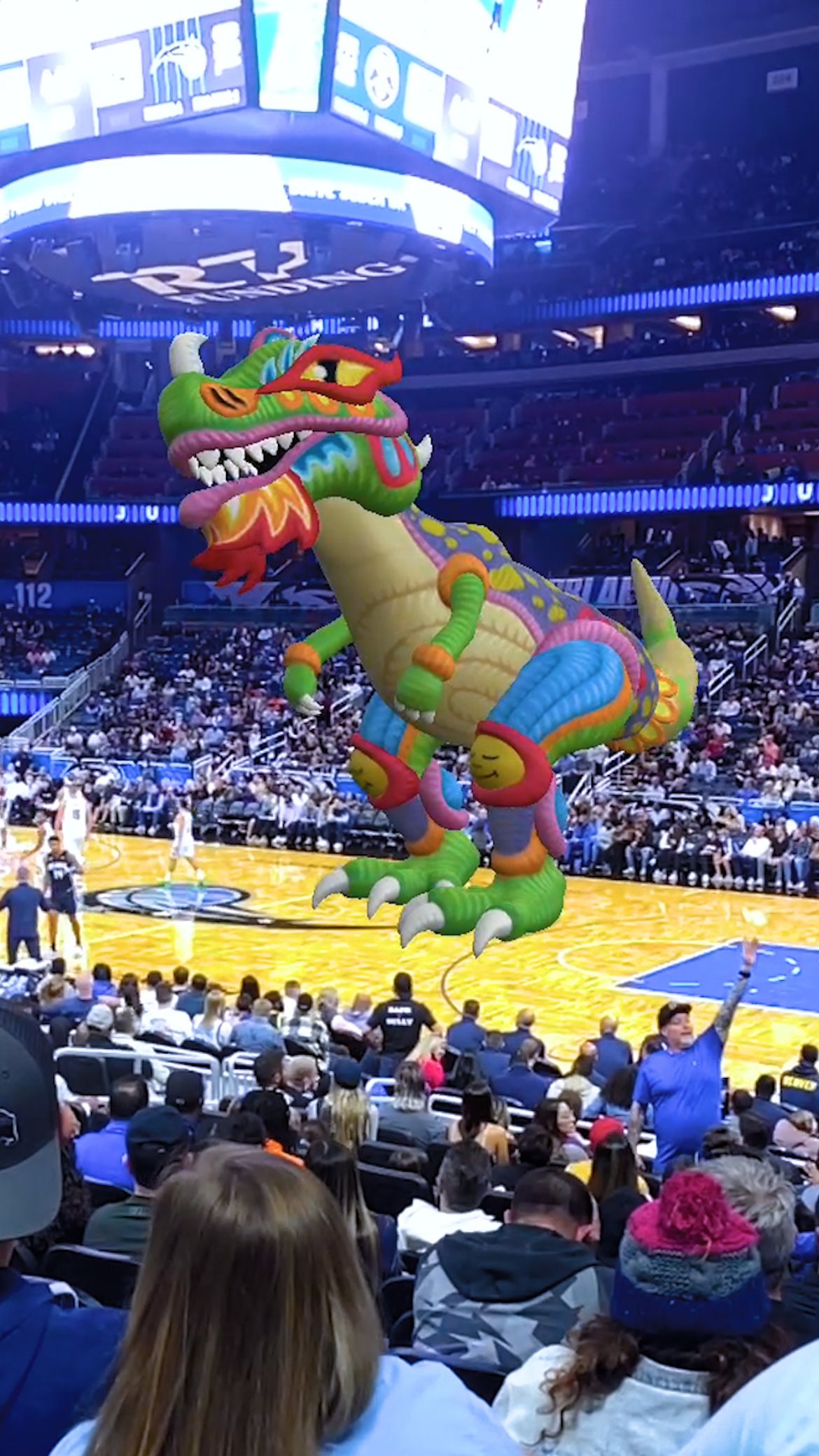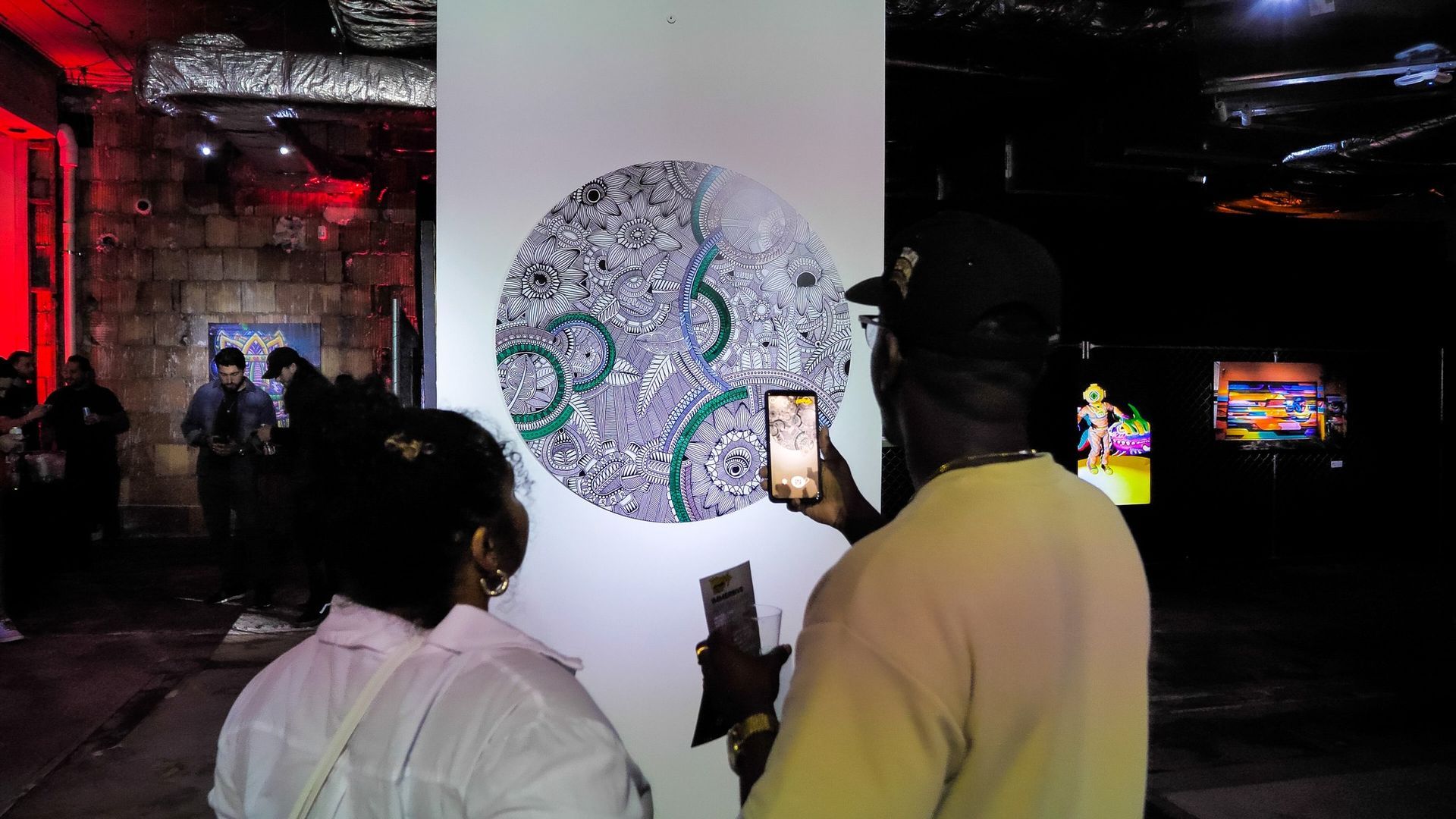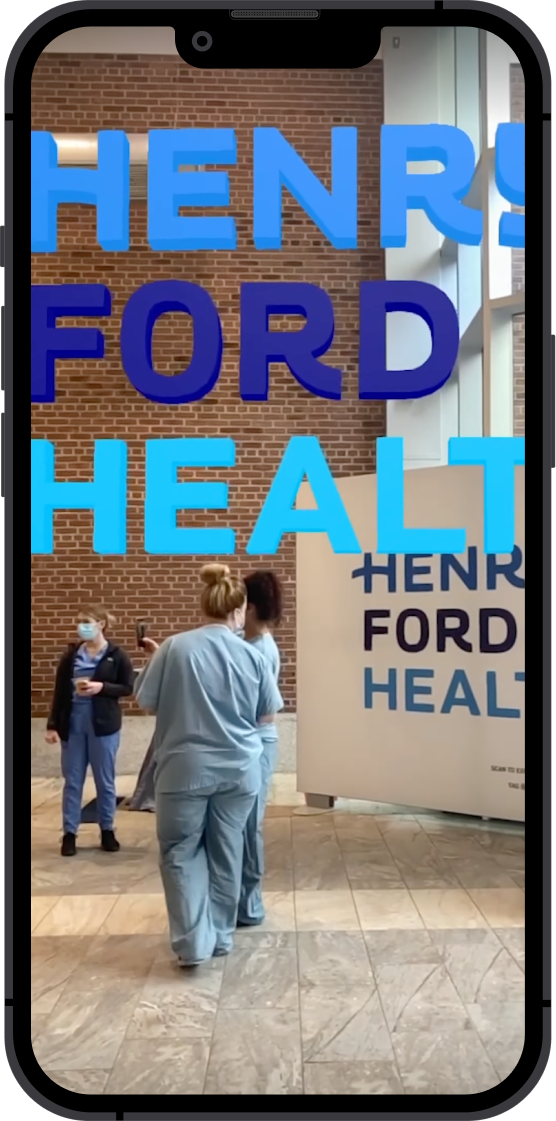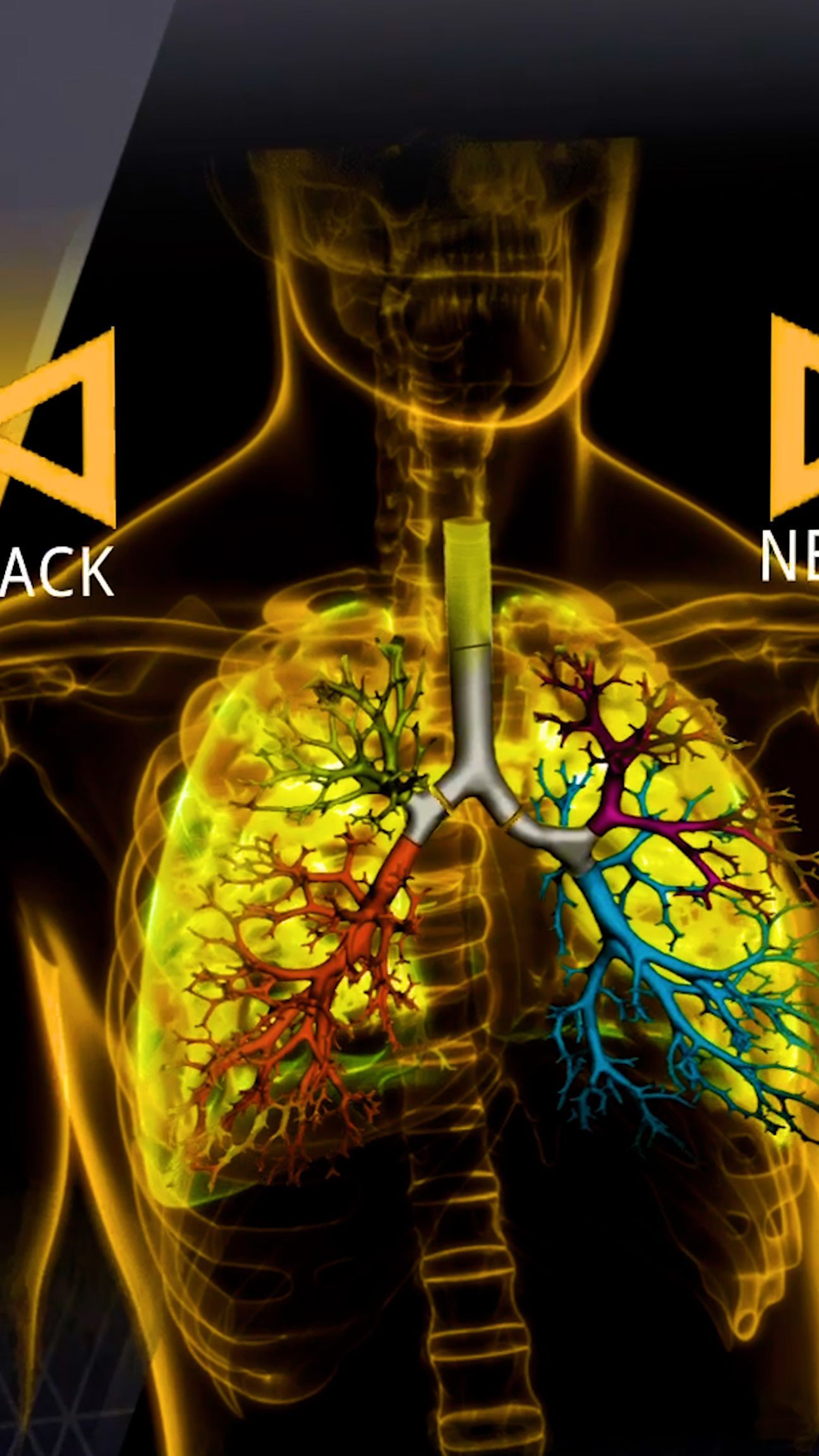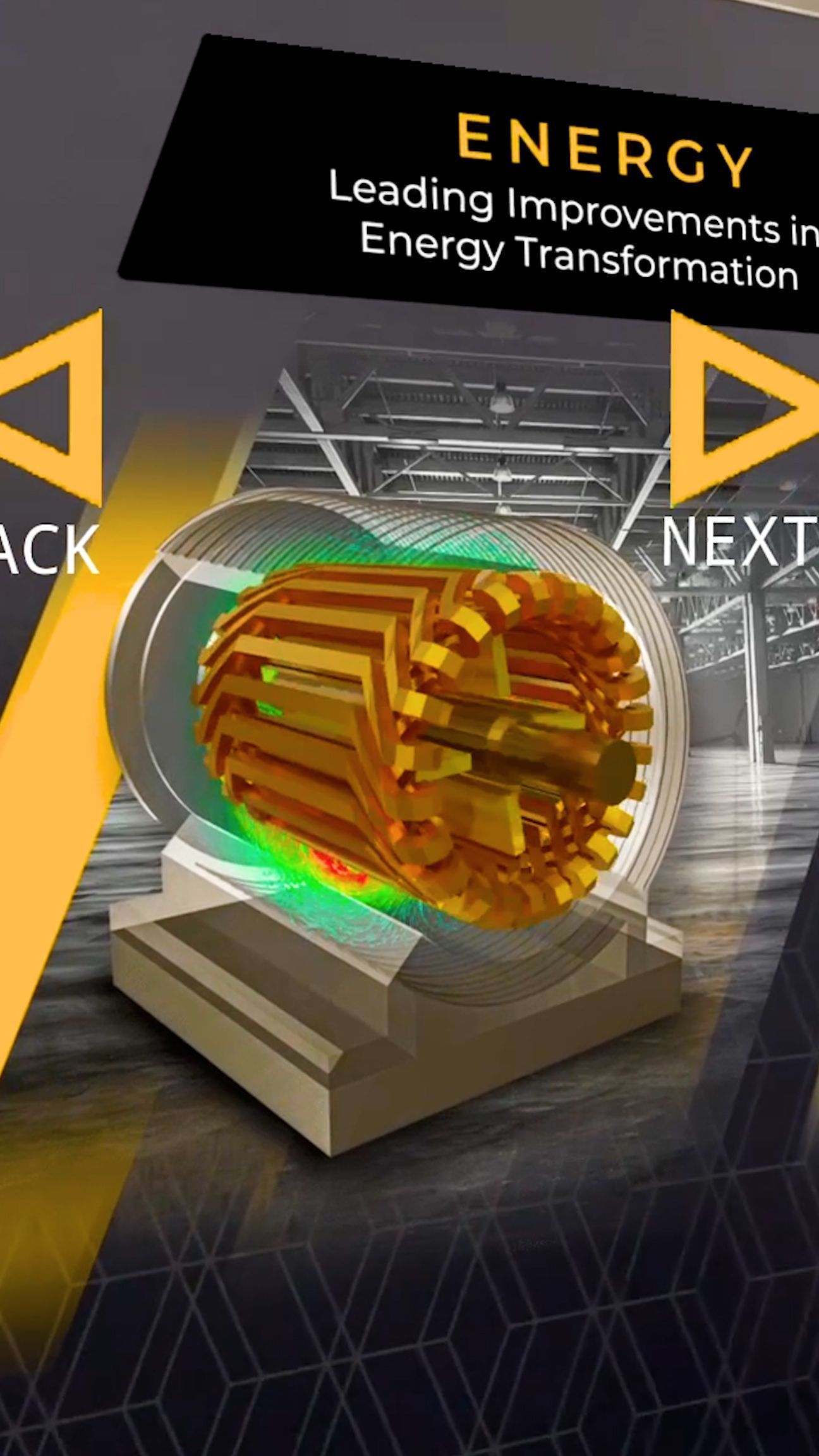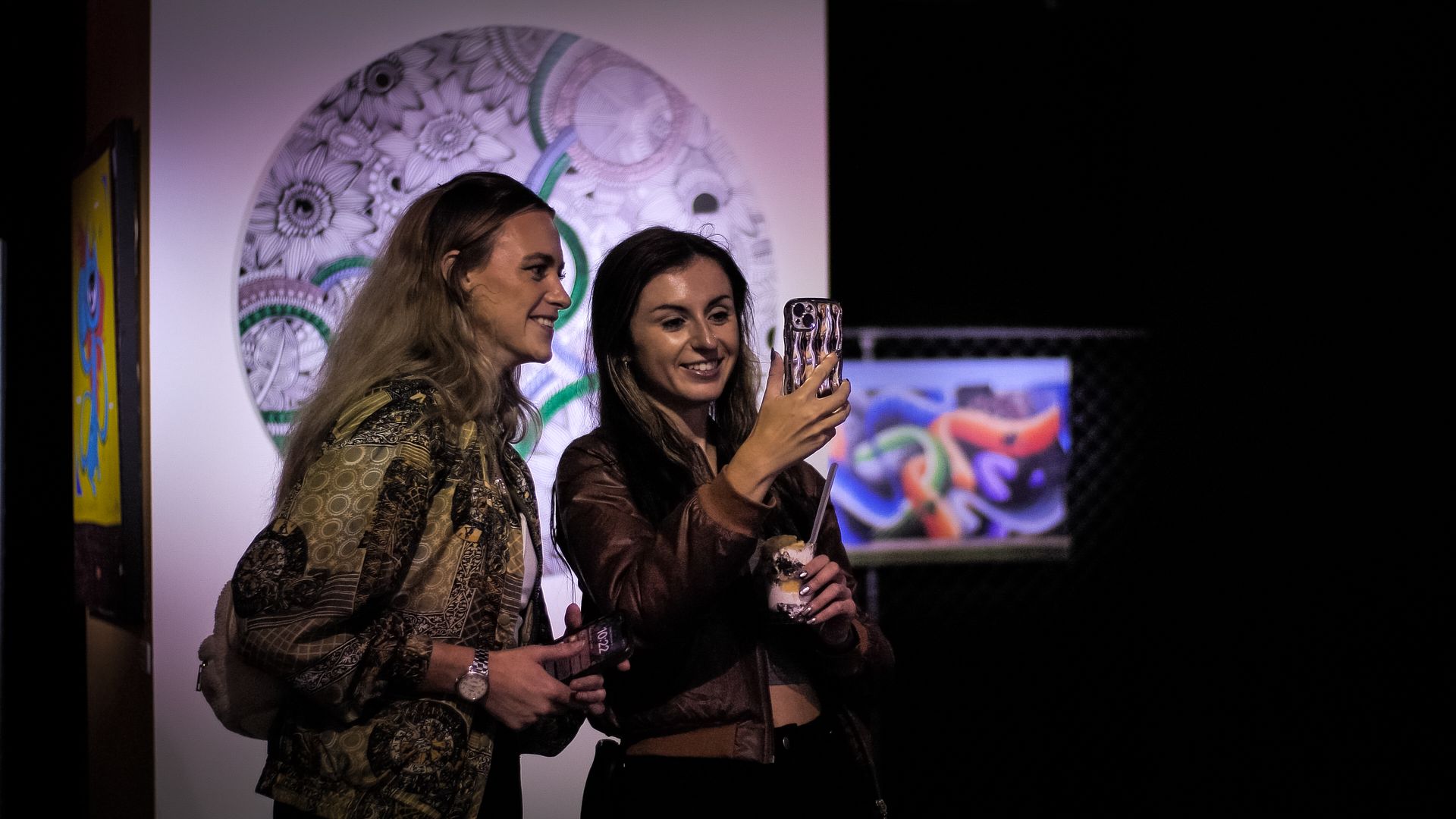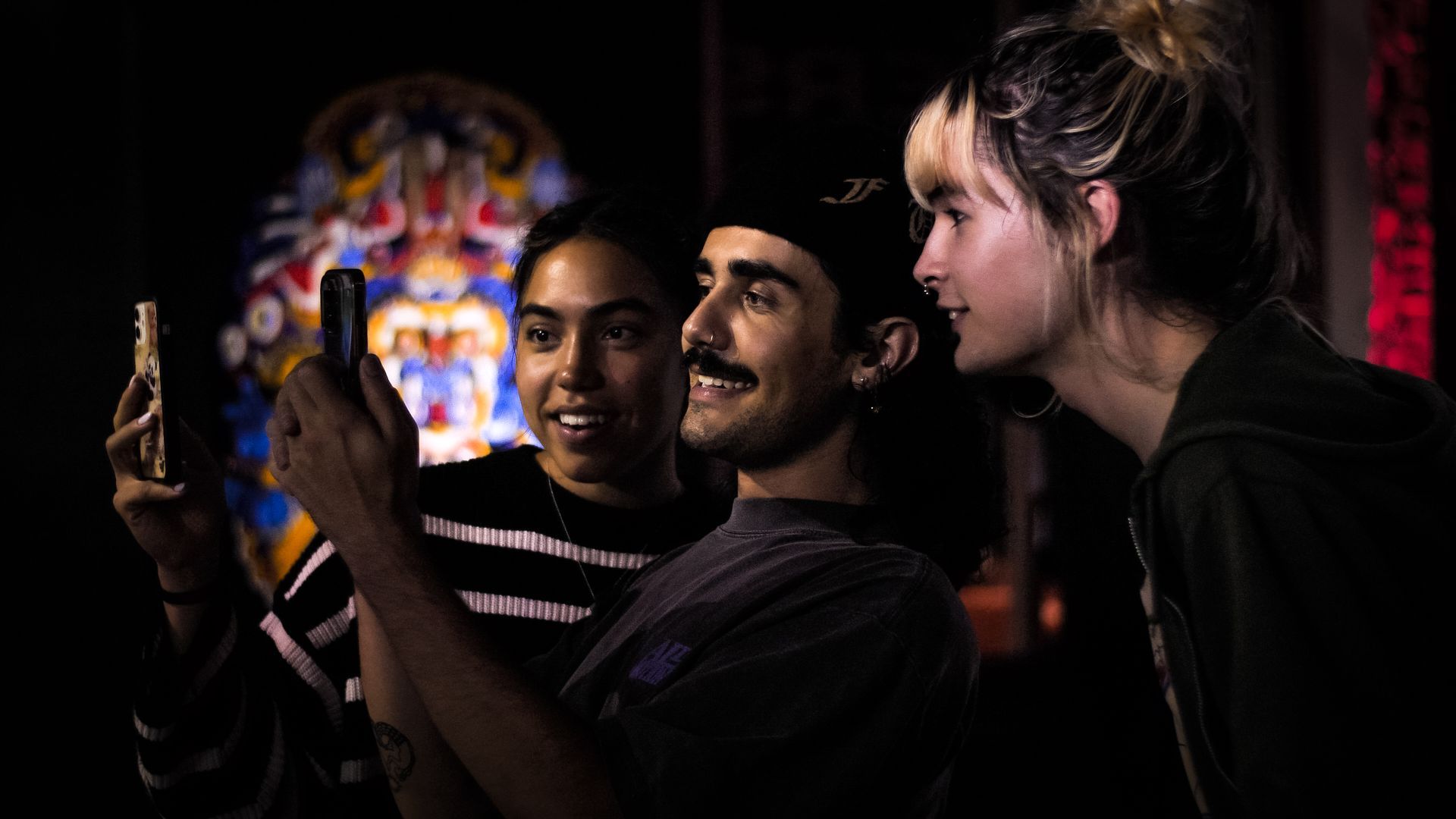Augmented Reality for Events
The event industry is constantly evolving, and as technology continues to advance, so do the opportunities for creating memorable experiences for attendees. One technology that has recently gained traction in the event space is augmented reality (AR). With AR, corporations, individuals and their event planners and marketers can create fully immersive experiences that engage attendees and leave a lasting impression.
Take Your Experience To The Next Level With AR
The event industry is constantly evolving, and as technology continues to advance, so do the opportunities for creating memorable experiences for attendees. One technology that has recently gained traction in the event space is augmented reality (AR). With AR, corporations, individuals and their event planners and marketers can create fully immersive experiences that engage attendees and leave a lasting impression.
So, how exactly is the event industry using augmented reality?
Below are some examples
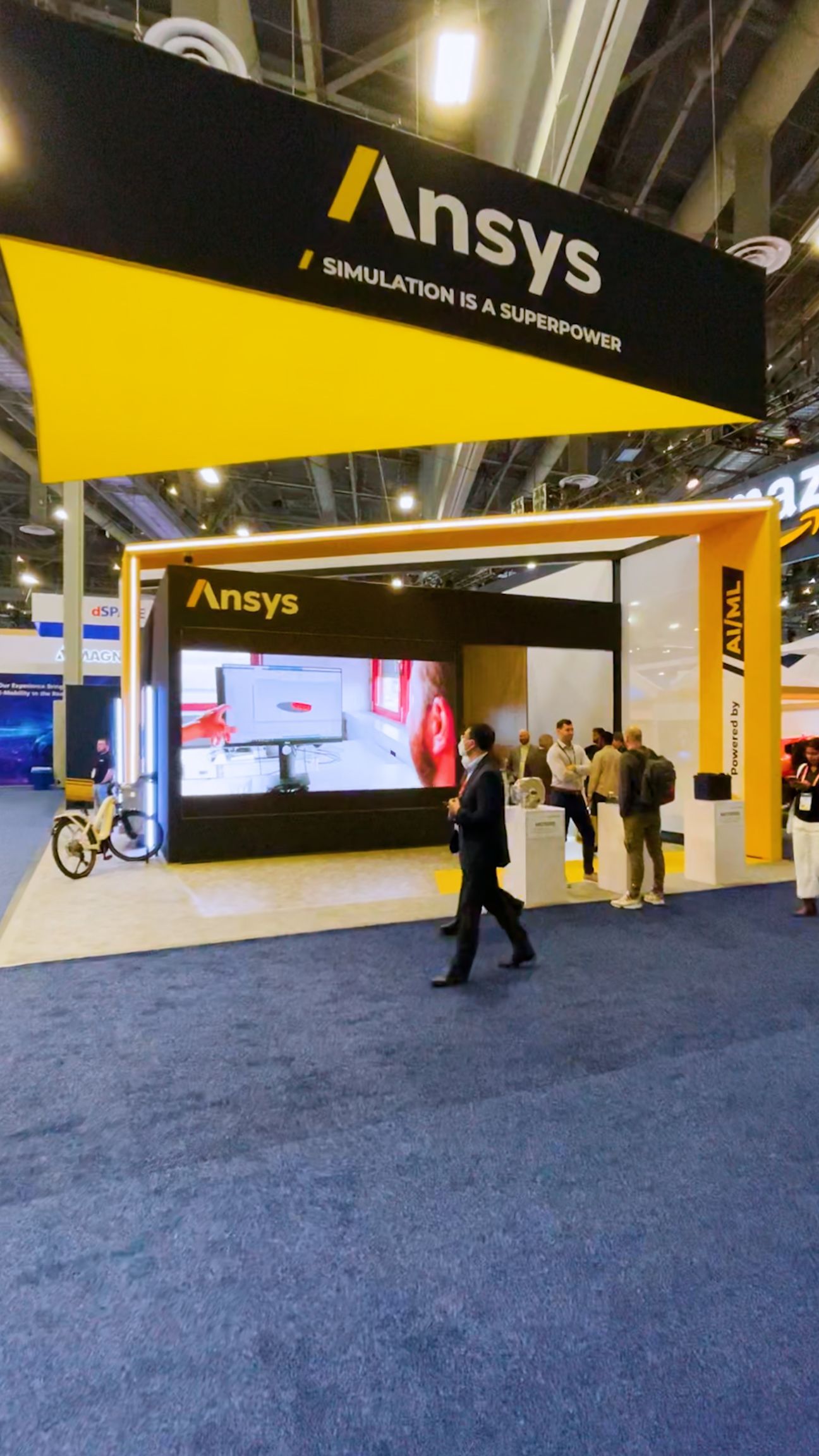
Ways to Use Augmented Reality in the Event Industry
- Product Demonstrations: AR can be used to showcase large, or complex products in a way that's both interactive and cost effective. For example, a car company could use AR to allow attendees to virtually see a launch vehicle’s features without the event producer or salesperson having to get the physical car into a showroom or onto the tradeshow floor.
- Interactive Exhibits and “AR Murals”: Augmented reality can transform static exhibits into dynamic, interactive experiences. For instance, a museum could use AR to bring exhibits to life, allowing visitors to explore historical artifacts in a whole new way. This allows the exhibits to be repurposed in different locations and for alterations to be made continuously. These experiences are also more naturally shared to social media given their “viral” nature. You can see similar examples through our industry-leading augmented reality mural work.
- Virtual Tours: AR can also be used to create virtual tours of venues or properties. This can be especially useful for trade shows or conferences, where attendees may never have the chance to visit the destinations being marketed.
- Training: AR and virtual reality can be powerful tools for corporate training, allowing employees to practice and refine skills in a safe, virtual environment. This also creates an exciting experience for employees that keeps them engaged at corporate retreats.
- Event Invites: Augmented reality can be used to create unique and interactive event invitations that are sure to stand out. For example, an AR invitation could allow attendees to preview what they can expect at the event or unlock exclusive content that gets them excited for the trip to come. Invites can be mixed reality leveraging paper invites and tickets, or fully digital in emails and mobile phone apps.
The possibilities for using augmented reality in the event industry are truly endless. With AR displays, 3D holograms, and other cutting-edge technologies, event planners can create fully immersive experiences that engage attendees and leave a lasting impression in the real world.
One of the key benefits of using augmented reality in events is that it can be tailored to the needs and goals of each individual event. Whether it's a trade show, conference, or product launch, augmented reality can help create a truly unique and memorable experience for attendees.
As the event industry continues to embrace technology, it's clear that augmented reality is set to play an increasingly important role. With its ability to create fully immersive experiences, AR has the potential to transform events and take attendee engagement to new heights. Whether you're a trade show organizer, a conference planner, or a product launch team, consider how augmented reality could help you create a truly unforgettable event experience.
Reach out to the BrandXR team for more information on how we can bring your next event to life.
Drive Foot Traffic with Augmented Reality for Events
How It Works
The event industry is constantly evolving, and as technology continues to advance, so do the opportunities for creating memorable experiences for attendees. One technology that has recently gained traction in the event space is augmented reality (AR). With AR, corporations, individuals and their event planners and marketers can create fully immersive experiences that engage attendees and leave a lasting impression.
01
Discover
A Creative Director will work with you on vision & visual targets, short-term and long-term goals.
02
Design/Develop
Working with our internal partners, we start to plan out how the experience will work with the technology and platforms’ requirements.
03
Test
This stage is all about making sure the experience meets the Goals & KPIs and is working as intended without any breaking issues. Internal testing is done during this phase.
04
Publish
This stage is all about getting the client’s final approval of the experience. Client provides confirmation they are happy with the final output and ready to proceed.
Frequently Asked Questions
-
What does the discovery phase look like?
Sales and Marketing will create a lane of communication with you. They will learn about them and how we can best serve your company and brand.
Our Creative Director will work with the client on vision & visual targets. In this phase, we'll get to know your short term and long term goals
-
What does the design phase look like?
Working with our internal partners, we start to plan out how the experience will work with the technology and platforms’ requirements.
- A clear understanding will determine the pipeline for development.
-
What does the production and development phase look like?
At this stage, the art & dev team is heads down, creating the 3D models and content vision of the experience and keeping with weekly milestones and check-ins with clients during critical stages of creation so that the art approval can happen as quickly as possible at the end of the phase.
Once the creation of art is complete, the internal dev team can now begin the experience. This stage is where the actual product of the experience happens. They will reference the KPIs established during the beginning stages of communications.
-
What are the Different Types of Augmented Reality Experiences?
Augmented reality experiences can be placed in your physical world using few different techniques.
- Image Tracking: AR Murals & AR Artwork
- World Tracking: Environment Effects, Place-Down Effects
- Face-Tracking: Face Filters
- Body Tracking: Virtual try-ons, digital fashion
- Hand + Foot Tracking: Virtual try-ons (IE jewelry, sneakers and footwear)
- Web-Embed: Try before you buy, product demonstrations
-
Where Can Augmented Reality Experiences be Hosted?
AR experiences can be launched and hosted across a number of AR-Enabled mobile apps and web browsers.
- White Label AR App: Electrifly, City Unseen
- Social AR Apps: Instagram, Facebook, Snapchat, TikTok
- Web-Based AR: Mobile Browsers (Safari, Chrome)
- The BrandXR Studio
- Your Custom AR App created by BrandXR
-
What Makes A Good Image Tracker for Augmented Reality?
A tracker can be as large or small as you want it to be, as long as the phone camera can focus on the object that’s being tracked. Typically, a great tracker image will have high contrast and well defined lines. Clothing, Accessories, Murals
-
What Types of Media Can be Displayed in an AR Experience?
Photos, Videos, Audio, Logos. 2D Animation, 3D Animation. Outlinks & Calls to Actions. Interactive UI Elements, Buttons & More. Production Level Special FX.
-
What different types of artwork can be augmented?
Any artwork that has a strong image tracker can be brought to life in augmented reality.
Get a Custom Quote
We will get back to you as soon as possible
Please try again later
LET'S TALK ABOUT YOUR PROJECT
SUPPORT
Detroit
Saudi Arabia
BrandXR. All Rights Reserved. Website designed by Unleash Media.



